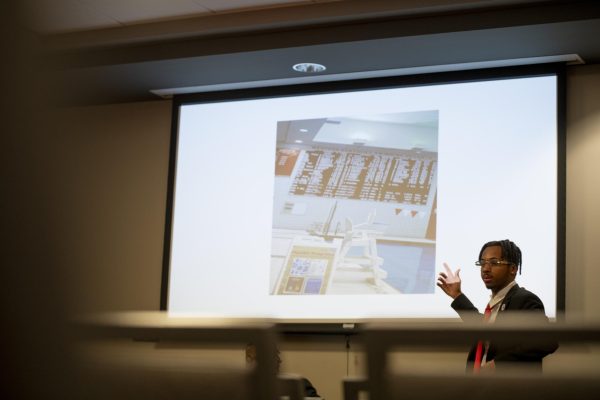Budget reduction plan contains tuition, salary increases
April 28, 2016
On Wednesday, WKU announced a budget reduction plan that includes an increase in tuition and a faculty raise.
The budget reduction plan comes in response to the state’s 4.5 percent budget cuts for universities. The university’s announcement came a few hours before Gov. Matt Bevin’s midnight deadline to finalize any line-item vetoes and sign the state’s budget.
President Gary Ransdell said the plan includes a 4.5 percent tuition increase; however, this additional revenue will not be used to cover the reductions in budget. Instead, the money will be used to increase full-time faculty salaries.
“We’ll use revenue from a 4.5 percent tuition increase and the equity funding that was approved in the state budget that has just been enacted to fund the [salary] compensation variables,” Ransdell said.
A tuition increase of 4.5 percent means tuition will increase by $215 per semester or $430 per year. Currently, WKU costs $9,482 per year for full-time, resident, undergraduate students. With the tuition increase, this cost will rise to about $9,912 per year.
Tuition increases are set by the Council on Postsecondary Education. For the 2016-2017 school year, the CPE approved a 4.65 percent tuition increase or a $216 increase per semester for WKU. This increase is lower than the approved increases for any of the other state universities.
WKU has only chosen to increase tuition by 4.5 percent; however, this increase must still be approved by the CPE at its next meeting in Barbourville on June 3.
The 4.5 percent increase will go towards the 3 percent faculty salary increase for the 2016-2017 fiscal year. WKU’s equity funding, which was approved in the state budget, will also cover the salary increase.
Ransdell said the 3 percent salary increase will occur in three phases of 1 percent increases.
The first 1 percent increase will take effect on July 1. The second 1 percent increase will begin on January 1, 2017, with the third 1 percent increase effective July 1, 2017.
“I am committed to a 3 percent total increase; however, the phase-in is necessary because the equity funds that were approved in the state budget will not be available until July 1, 2017,” Ransdell said.
Ransdell said the equity funding will cover most of the salary increases, but the tuition increase will also cover a portion of it.
“It has been some time since our campus employees received a pay increase, and the equity funds are the primary means through which we will achieve the full 3 percent,” Ransdell said.
Despite the loss of revenue, Ransdell said he will remain committed to a salary increase for all full-time faculty.
Earlier this year in February, the Student Government Association passed a resolution in support of a faculty and staff pay raise.There has not been a significant faculty increase in 9 years.
To have a balanced budget for the 2016-2017 fiscal year, WKU must cut $6,039,200 from its budget. These cuts are due to a reduction in state funding, a decline in enrollment revenue and a decline in investment income and other miscellaneous revenue.
To make up for the reductions, the university decided to consolidate, reduce or eliminate some programs. Some funds will also be moved around to compensate for the cuts.
Ann Mead, senior vice president for the Division of Finance and Administration, said no academic programs were cut.
“This does not eliminate degree programs and will not impact any student’s ability to complete their degree in a timely manner,” Mead said.
Ransdell said there were also no current faculty positions cut, though some vacant faculty positions waiting to be filled have been removed.
Tuition rates will not be used to cover the deficit of more than $6 million. Instead, income from the increased rates will be used for the salary increase, fixed costs and a number of programmatic obligations.
“This tuition increase will enable us to address faculty and staff compensation and improve student success, and it ensures that we will continue to offer a strong return on student investment,” Ransdell said.

























